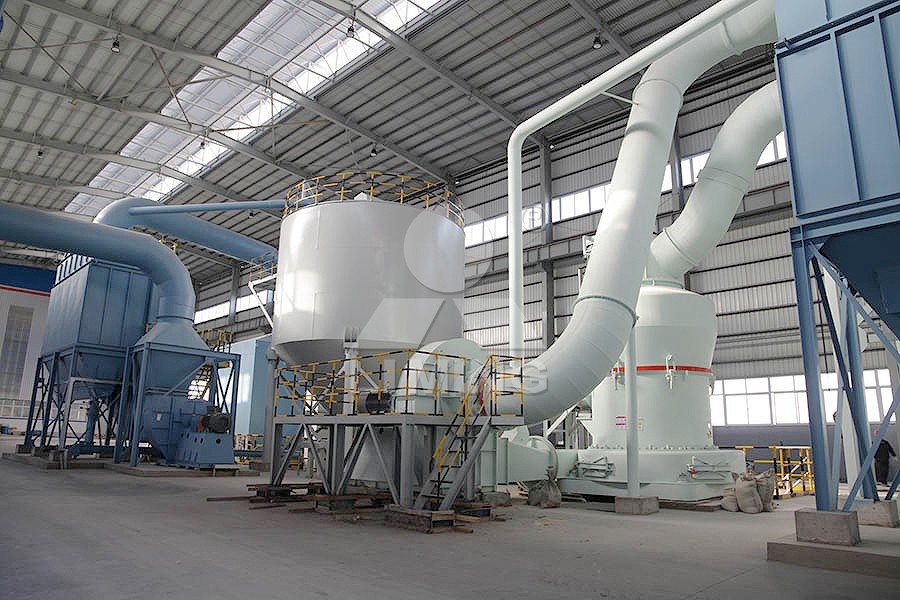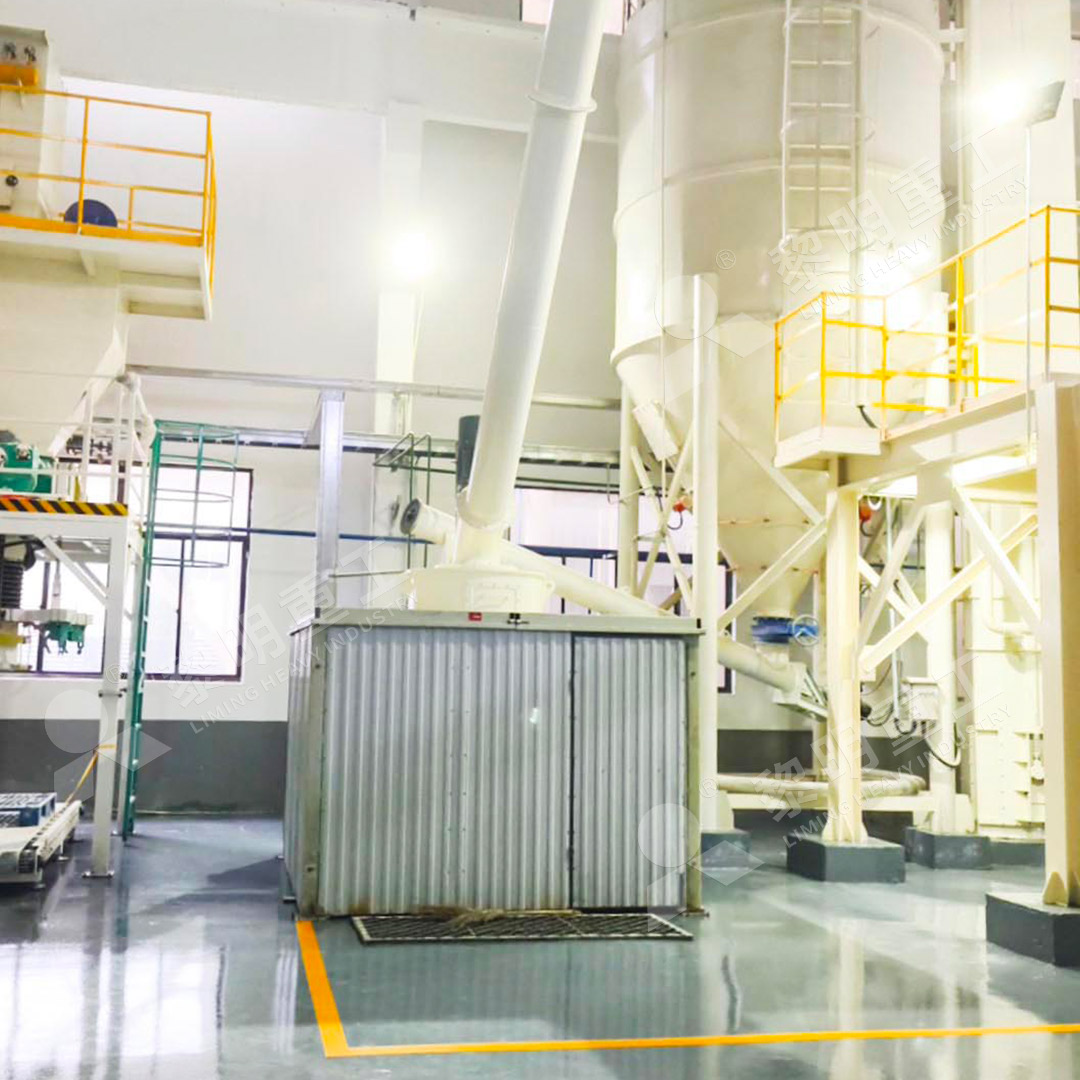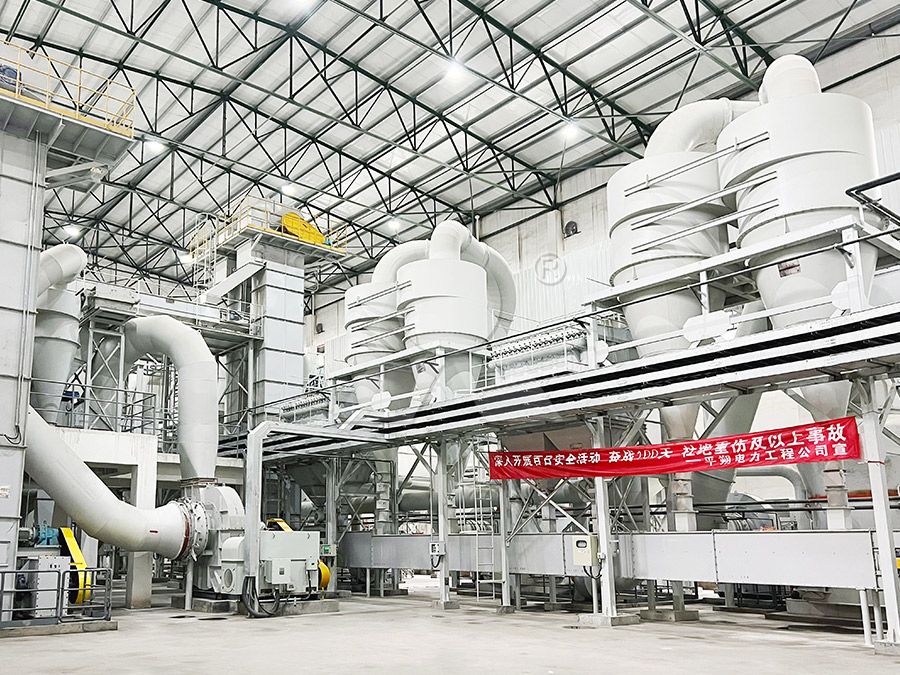Needle-like Wollastonite Powder Grinding Process Flow and Equipment Selection
Needle-like Wollastonite Powder Grinding Process Flow and Equipment Selection
Wollastonite, a naturally occurring calcium silicate mineral, possesses unique needle-like acicular morphology that makes it highly valuable in various industrial applications. The preservation of this acicular structure during grinding presents significant technical challenges that require specialized equipment and precise process control.
Understanding the Material Characteristics
Natural wollastonite crystals typically exhibit aspect ratios ranging from 3:1 to 20:1, with the highest-value products maintaining ratios above 10:1. The primary challenge in wollastonite processing lies in achieving the desired fineness while minimizing damage to the acicular structure. Conventional grinding methods often result in excessive breakage across the crystal length, reducing the aspect ratio and consequently diminishing the material’s reinforcing properties in polymer composites and other applications.

Grinding Process Flow Design
The optimal processing route for needle-like wollastonite involves a multi-stage approach:
- Primary Crushing: Large wollastonite lumps are reduced to 0-20mm particles using jaw crushers
- Pre-classification: Removal of impurities and oversized materials through vibrating screens
- Precision Grinding: The critical stage where specialized mills preserve the acicular morphology
- Final Classification: Separation of correctly sized acicular particles using high-efficiency classifiers
- Surface Treatment: Optional modification with silanes or other coupling agents
- Packaging: Protective packaging to prevent mechanical damage during storage and transportation
Equipment Selection Criteria
Selecting appropriate grinding equipment requires careful consideration of several factors:
- Shear vs Impact Forces: Equipment must utilize shear-dominant grinding mechanisms
- Temperature Control: Excessive heat generation can alter crystal structure
- Residence Time: Shorter processing times help preserve aspect ratios
- Classification Efficiency: Precise particle size control is essential
- Energy Efficiency: Operating costs must remain competitive
Recommended Equipment Solutions
After extensive testing and field applications, our MW Ultrafine Grinding Mill has demonstrated exceptional performance in wollastonite processing. With an input size capability of 0-20 mm and capacity ranging from 0.5-25 tph, this system is ideally suited for medium to large-scale wollastonite operations.

The MW mill’s unique design features contribute significantly to wollastonite processing efficiency:
- Advanced Grinding Geometry: Specially designed grinding curves of roller and ring enhance efficiency while minimizing crystal damage
- Precise Particle Control: German cage-type powder selector technology enables fineness adjustment between 325-2500 meshes
- Minimized Contamination: The absence of rolling bearings and screws in the grinding chamber eliminates common failure points
- Environmental Compliance: Integrated pulse dust collector and noise reduction systems ensure eco-friendly operation
For operations requiring alternative configurations, our LUM Ultrafine Vertical Grinding Mill offers another excellent option, particularly when processing smaller feed materials (0-10 mm input size) with capacities up to 18 tph.
Operational Best Practices
Successful wollastonite grinding operations implement several key practices:
- Maintain consistent feed rates to prevent overloading and crystal damage
- Monitor grinding pressure and adjust according to material characteristics
- Implement regular maintenance schedules for classifiers and grinding elements
- Conduct periodic microscopic analysis to verify aspect ratio preservation
- Optimize classifier speed to achieve target particle size distribution

Quality Control and Final Product Specifications
The final wollastonite powder should meet specific quality parameters:
- Aspect ratio > 10:1 for premium grades
- Chemical purity > 98% CaSiO3
- Moisture content < 0.5%
- Controlled particle size distribution with d97 specifications
- Minimal contamination from grinding media
Frequently Asked Questions
What is the maximum aspect ratio that can be preserved during grinding?
With proper equipment selection and process control, aspect ratios of 15:1 to 18:1 can be consistently maintained. The MW Ultrafine Grinding Mill has demonstrated particular effectiveness in preserving high aspect ratios due to its gentle grinding action.
How does temperature affect wollastonite crystal structure?
Excessive grinding temperatures above 120°C can cause crystal structure changes and reduce aspect ratios. Our recommended mills incorporate efficient cooling systems to maintain optimal operating temperatures.
What capacity range is suitable for small to medium operations?
The MW Ultrafine Grinding Mill offers flexible capacity from 0.5 to 25 tph, making it suitable for various production scales. The 5-15 tph range is most common for dedicated wollastonite processing facilities.
How important is classifier selection in the process?
High-efficiency classifiers are critical for separating properly sized acicular particles while returning oversize material for regrinding. The cage-type powder selector in the MW mill provides exceptional classification precision.
What maintenance requirements should be anticipated?
The MW mill’s design minimizes maintenance needs with external lubrication systems and no internal bearings. Typical maintenance involves periodic inspection of grinding elements and classifier components, with easy access for servicing.
